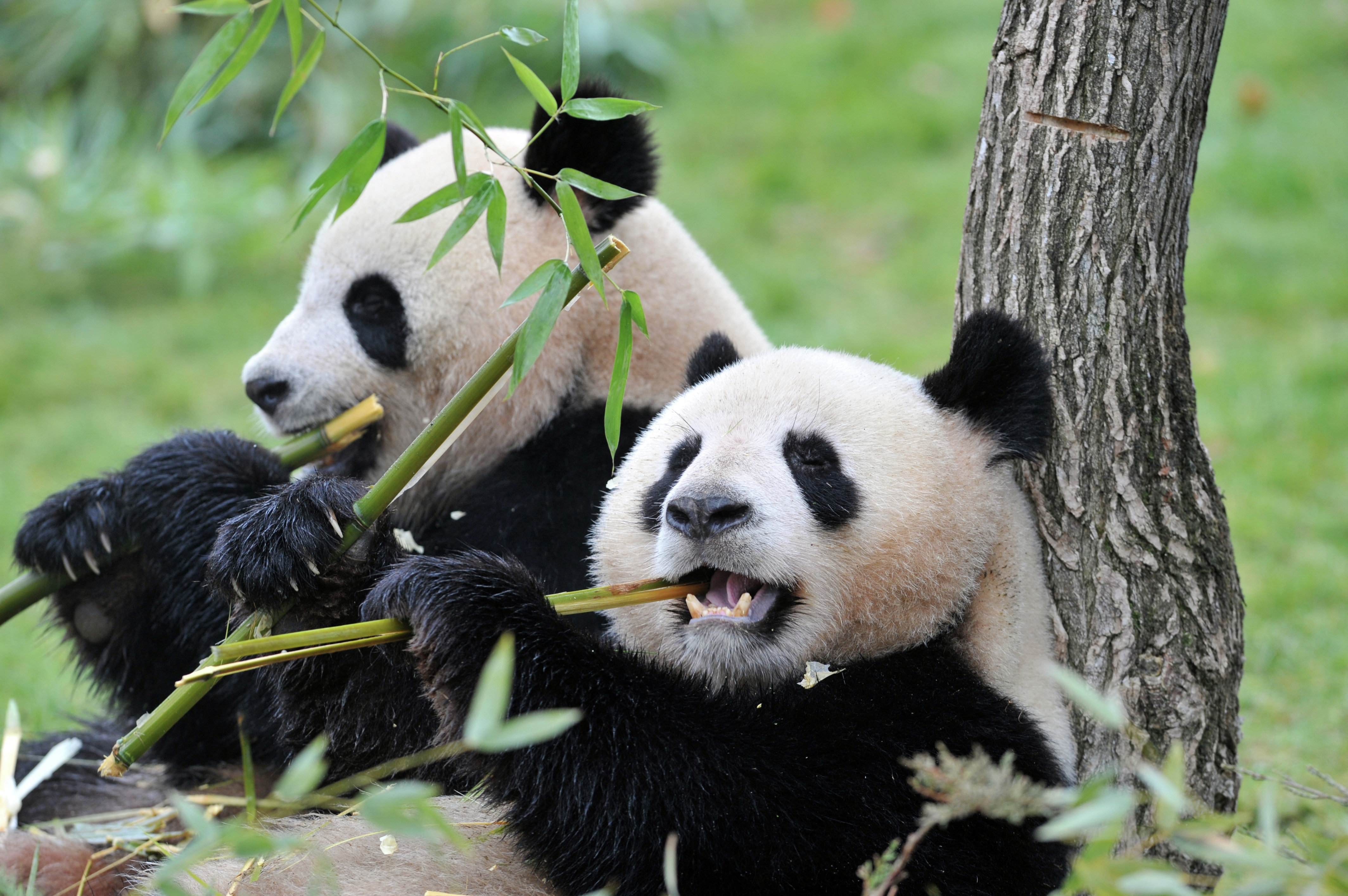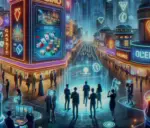From Isaac Newton’s discovery of gravity to Marie Curie’s discovery of Radium, mankind has never been able to resist its interest in gaining knowledge and imparting it to others. Evidently, 2017 was no exception to this interest.
One could argue that researchers and other individuals made some of the biggest scientific discoveries since that of human blood types. Why did nobody hear of these discoveries until now? It could be because the world spent a whole year focusing their attention on fidget spinners and Unicorn Frappuccinos, but this is only a guess.
Science is defined by more than just the attention-grabbing, lab explosions of Billy Nye and other famous faces we see on television and in the movies. Well, okay, there are a few explosions every now and then, but they, as opposed to the beliefs of some, do not accurately illustrate the purpose of science. Here are some of the biggest scientific discoveries of 2017.
1. Artificial wombs can work in place of natural ones.
In April of 2017, a group of scientists from Children’s Hospital of Philadelphia published a document, according to Business Insider, stating that the life of an infant had been sustained through the use of an artificial womb. This infant was a lamb in its 23rd week of pre-birth development.
The hope is that the “womb” will soon aid babies who are born prior to a point of maturation that would allow them to be healthy and well-developed. In an article released in early 2017, National Geographic said, “Marking what could be a vital development for treating premature babies, researchers announced today [April 25, 2017] that eight fetal lambs survived and grew inside an artificial womb for four weeks, the longest an animal has done so.”
The invention of an artificial womb has the potential to save millions of lives, considering that a report from the World Health Organization confirms approximately 15 million premature infants are born each year. Sadly, 1 million of these babies do not survive. If all goes as planned, this issue will soon be significantly rectified using the artificial womb.
2. Pig organs and yours might soon be interchangeable.
Oddly enough, scientists have been able to clone pigs with a specific genetic code that will prevent them from transferring otherwise transmittable diseases to humans if their organs are transplanted. Such diseases are often referred to as porcine endogenous retroviruses, viruses carried by pigs that have the potential to transfer different types of microorganisms from swine to human beings.
Upon examining this and the previous discovery, it seems that the world of science has previously underestimated the variety of uses that barnyard animals can have. If you think that this statement is inhumane, feel free to set down your B.L.T. and type-up a complaint.
Xenotransplantation, which is the practice of taking organs from animals and placing them into humans, is most certainly not a new area of study. However, the recent breakthrough in artificial wombs might be just what modern physicians need to decrease the number of patients who never get beyond an organ transplant list each year. Sources confirm that eGenesis, a company working with xenotransplantation, had a significant role in this scientific advancement.
3. The Giant panda is no longer endangered.
Now to address a topic that any individual who has ever laid eyes on a panda will appreciate. Everybody’s favorite bamboo-eating animal pal, the Giant panda, is no longer on the endangered species list. Although this fact was not initially discovered or announced in 2017, it was a topic of interest toward the beginning of the year.
Previously, the species had been experiencing a decline in population due to a general lack of areas to live and the sad killing of pandas for their skin. According to The Telegraph, “Panda populations have grown 17% in the wild since 2007 thanks to conservation efforts.” Toward the end of 2016, this population was estimated to be just under 2,100 in China.
Along with the Giant panda, other species of furry friends have been growing. One such species is that of the East Arctic penguin. This, one could argue, is not only one of the biggest scientific discoveries of 2017 but also an inspiring message to animal-lovers everywhere.
4. Genetic technology can be used to edit a child’s genes.
This topic is one of significant bioethical debate. Scientists have come up with research that implies the possibility of, in the future, using genetic engineering to edit and repair the genes of babies in the womb to prevent genetic disorders such as down syndrome.
In a document that was initially released at the beginning of August of 2017, researchers announced the progress that had been made on the already-developing field of genetic engineering. Not too long after this, Fox News came out with an article in which they claimed, “While the procedure is nowhere near ready to be tried in a pregnancy, the research suggests that scientists might alter DNA in a way that protects not just one baby from a disease that runs in the family, but his or her offspring as well.”
The research, which might just have come up with one of the biggest scientific discoveries of 2017, raises a number of important, ethical questions for potential parents and the public in general. What if gene editing software became available to parents on a different level?
For example, what if parents decided that they wanted to edit their child’s genetics to make them one gender instead of the other? Would this cause a decline in the population based on gender and reproduction compatibility issues? Does anybody have the right to change the life-defining characteristics that an individual is created with?
From chemistry to zoology to — yes, even mathematics — science has made some significant advancements over the years. As you near the end of this article, take the time to ask yourself what the effects of these discoveries would have had on the world had they been made in the past and what effects they will continue to have on you in the future.

















